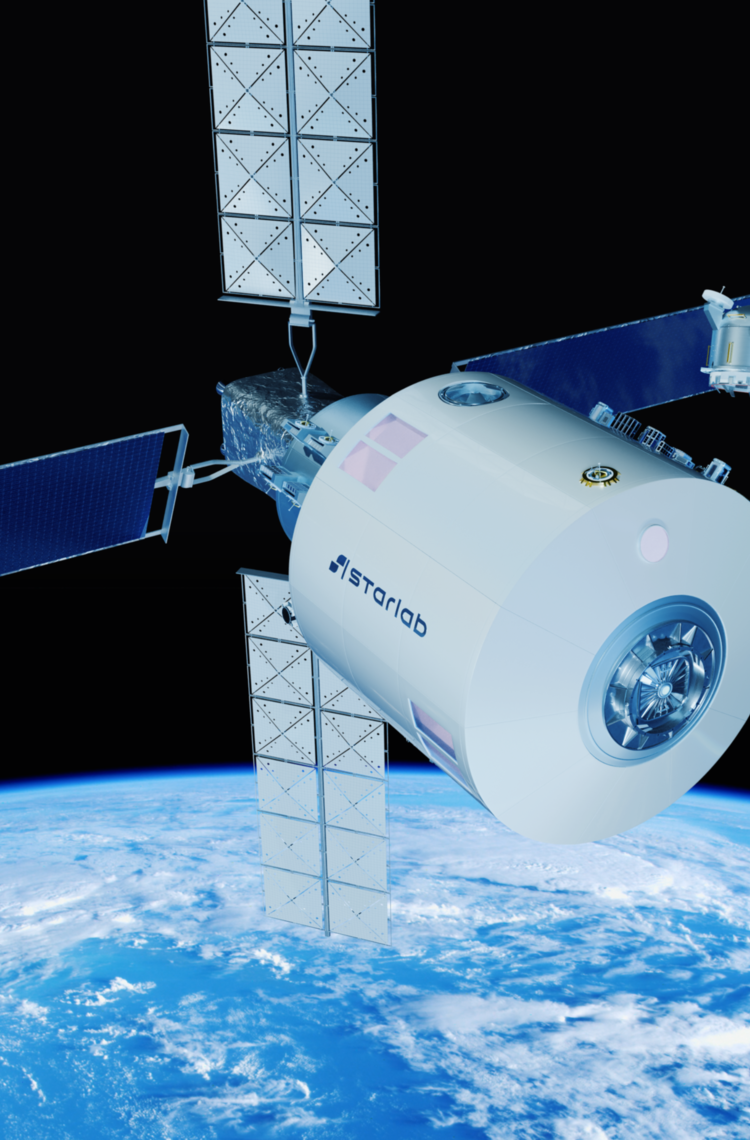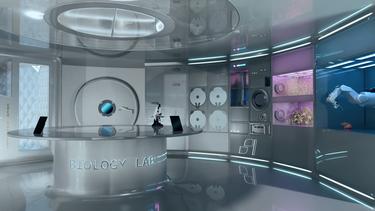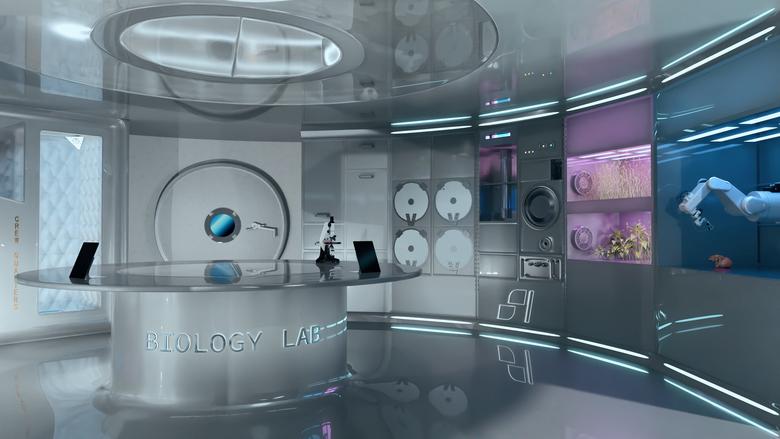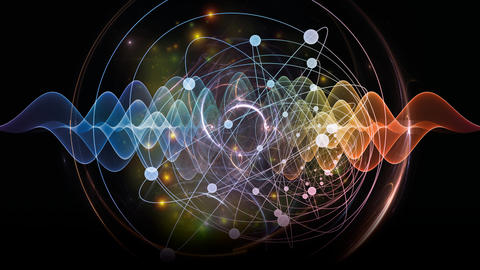The space industry has pioneered many innovative technologies, whose applications on Earth enrich our daily lives and continue to deliver breakthroughs in many industries. The origin of these inventions is often unknown, even though they are used by billions of people.
Matthieu Lys, Head of Innovation Management at Airbus Defence and Space, sheds light on space innovations and how new technologies will affect our future.
Why is space exploration a catalyst for technological development?
Space is a harsh environment where satellites are exposed to intense radiation, very high and very low temperatures with wide fluctuations that affect structures and insulation. To cope, technologies are pushed to their limits. For example, we have sent a probe called Solar Orbiter to study the Sun, which can withstand temperatures of over 500 degrees.
Another point is that it is very difficult to fix things in space (but it can happen!). This means that you have to get things right first time, so a lot of modelling and testing has to be done up front to ensure this level of reliability. The James Webb Telescope is now 1.5 million kilometres from Earth, so you can imagine that we couldn't repair our instruments at that distance!
Space systems have a very long lifetime. A geostationary communications satellite is often active for well above 15 years, the International Space Station (ISS) is more than 25 years old, and there are even spacecraft that were launched more than 40 years ago. For example, Voyager 1 has just been reactivated at a distance of four billion kilometres, more than 46 years since its launch.
Another major constraint is the need for miniaturisation and lightness to adapt to the limited capacity available inside launchers and reduce the cost. The heavier it is, the more it costs to launch.
Is space a source of innovation that can be applied on Earth?
Space is often thought of as a world for geeks or astrophysicists, but its impact on Earth is far-reaching. A huge number of innovations in our daily lives have come from space technologies, covering many fields such as medicine with medical imaging and scanners. Digital photography, airbags and survival blankets also have their origins in space technologies. The miniaturisation and weight reduction of devices has been applied to consumer electronics, which we now find in our mobile phones and tablets. Sports shoes were inspired by the moon boots designed for the Apollo missions to cushion astronauts' steps on the Moon.
Some space innovations are used on Earth for very different needs. For example, the CO2 recycling system developed by Airbus for the ISS provides oxygen to astronauts by capturing the CO2 they exhale inside the station. This system is now being used by farmers on Earth. The module allows farmers to capture atmospheric CO2, which is then reused in greenhouses to grow plants that need this CO2 for photosynthesis.
Space technology has a very real impact on Earth.
Are new technologies like AI and robotics used in space?
Artificial intelligence (AI) is widely used to optimise mission programming, for example to make satellites more autonomous in their decision-making. It also helps to automatically analyse images taken from space. Robotics, augmented reality and virtual reality are also used in manufacturing.
We also take inspiration from other industries, such as automotive. For OneWeb, we made a paradigm shift from producing typically 10 satellites a year to producing two or three a day, with a total constellation of more than 600 satellites. That completely changes the way we manufacture.
Something that is less well known, but will have a huge impact on our future, are laser and optical communications technologies. They allow us to transmit information securely and at very high speeds from space, enabling high-speed internet, connected objects and big data. Airbus is at the forefront of these technologies and this year we will demonstrate the feasibility of very high speed communications between the ground and a geostationary satellite, 36,000km from Earth, with TELEO.
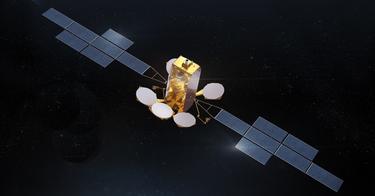
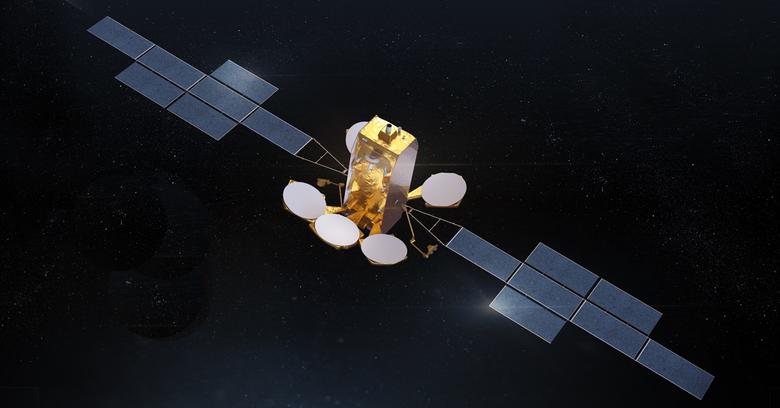
The BADR-8 satellite includes the Airbus TELEO optical communications payload demonstrator, © Airbus
The BADR-8 satellite includes the Airbus TELEO optical communications payload demonstrator. ©Airbus
The ISS’ microgravity environment has enabled groundbreaking discoveries. What does the future hold for laboratories in space?
The ISS laboratory allows researchers to conduct experiments in an environment that cannot be replicated on Earth. It generates important scientific and technological developments for the benefit of people around the world, but will reach the end of its working life at the end of this decade. To maintain this human presence in low-Earth orbit, microgravity science and research is really key.
Airbus is partnering with Voyager Space and Mitsubishi to have the ISS’ successor up-and-running: Starlab, the next generation space station, is designed to ensure a seamless transition to the new commercial space stations era.
The Starlab station consists of a large steel-cased module approximately 8 metres in length and diameter, capable of conducting over 400 experiments or technical investigations per year for a global customer base of space agencies, researchers, and large and small companies. Three separate decks, connected by a central tunnel surrounded by a greenhouse, will provide astronauts with ample space for science and research, as well as exercise and free time.
An increasing number of start-ups and external partners are interested in using this future commercial station, which represents a new business model that will bring the benefits of space to a broader spectrum of applications.
NASA’s Artemis missions aim to establish a long-term human presence on the Moon. What kind of technologies will be required for this ambitious journey?
The next step is indeed lunar exploration and new technologies are being developed for this journey. Airbus - under a European Space Agency contract - is contributing to the programme with the European Service Module (ESM), which will propel and manoeuvre the Orion spacecraft and provide the crew with water, oxygen and thermal control.
We are also developing new technologies for landing on the Moon and for rovers to move around the lunar surface. The world’s first metal 3D printer is currently being tested inside the ISS to confirm that metal printing is suited to such a microenvironment. The capacity of printing structural parts in space is an important step in preparing the technologies humankind will need for a sustained presence on the Moon.
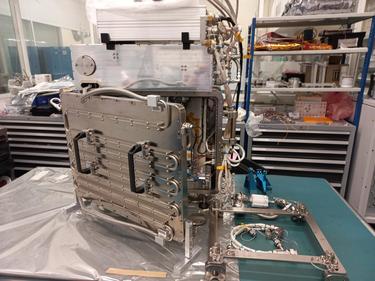
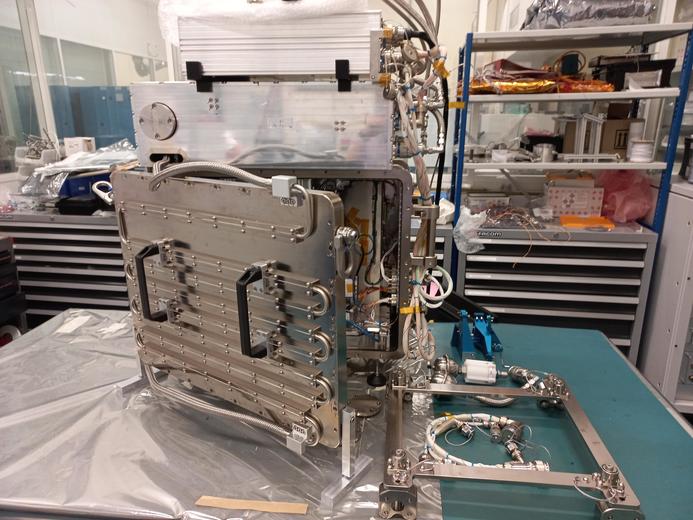
The first metal 3D printer for the International Space Station © ESA
The first metal 3D printer for the International Space Station. ©ESA
All of these projects require the use of robotics, automation, computer vision and materials. Innovations are also needed to ensure a constant presence on the Moon for astronauts to breathe, eat and move around. The Airbus system Roxy could provide astronauts with oxygen by converting regolith, the fine dust covering the lunar surface.
How these technologies will benefit Earth in the future is hard to say, but it's certain that new innovations will emerge thanks to space.
What is the innovation ecosystem? How do you work with start-ups?
We are working more and more with start-ups, either as customers, buying capabilities from them to integrate into our own products and services or providing them with satellite data or platforms so they can develop their own services for many kinds of applications (agriculture, defence, environmental monitoring, maritime surveillance, urban planning).
Discover more Space news
Continue Reading
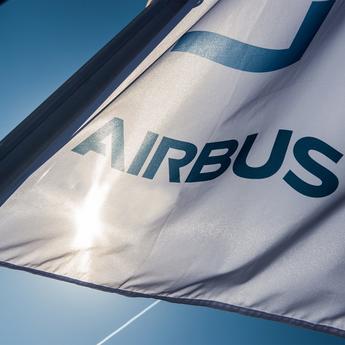
Airbus launches demonstrator to test global 5G connectivity in orbit
Press Release
Innovation
Airbus UpNext launches Airbus UpNext SpaceRAN, a new demonstrator to enable standardised global connectivity by exploring advanced 5G NTN capabilities.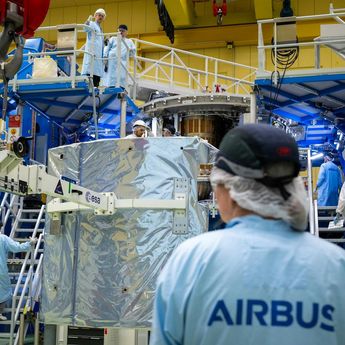
Airbus ships fourth European Service Module for Artemis IV
Press Release
Space
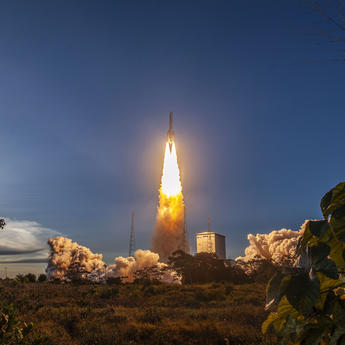
Sentinel-1D: the radar that never sleeps
Web Story
Space
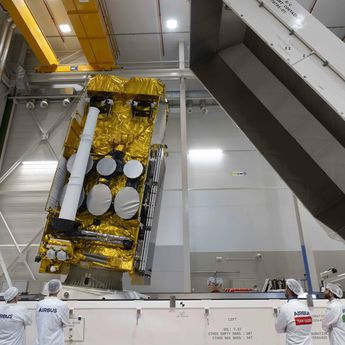
Airbus-built SpainSat NG-II secure communications satellite successfully launched
Press Release
Space

Airbus, Leonardo and Thales sign Memorandum of Understanding to create a leading…
Press Release
Company
